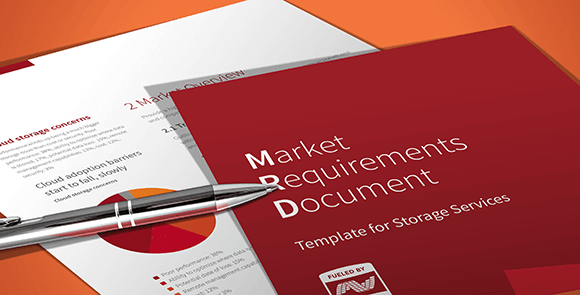What is Hardware Product Management?
There are a million blogs, websites, and articles dedicated to exploring product management. Even Quartz just did a good one.
Let’s sum up some of the common interpretations. A product manager is a leader (without any authority), a guide (who doesn’t have all the answers), a facilitator, a learner, a listener. She's a repository of stories with an eye for patterns and a dash of intuition. Etc., etc. I won’t spend all day on it. But what I do want to do is share a great take I heard recently from Mitch Harper at Insane Growth.
Figure out the sequence of events to get your users to their "wow moment” – that’s what it means to be a product manager
I like this take on defining the job. It’s concise, but loaded with insight.
First, as a product manager, you have to figure out the user’s "wow moment”. This is all the work you’ve put in to understand your users’ core, vital need, and to define how your product will solve it. If you’re a fan of design thinking, this understanding is probably crystallized in your Point-of-View statement.
All that early stage empathy building — the observation, the interviews, the hands-on immersion, that’s the exciting stuff. But then, there’s the real meat and potatoes of the role – orchestrating the sequence of events. You have to map out step by step how your user will encounter, sign up for, install/setup/configure, onboard, and start using your product – all with the goal of getting them to that magical “wow” moment when they experience their problems being solved by your product.
Considering Mitch’s simple but effective summary got me thinking about hardware product management, and how it differs from the world of software and services.
…And the truth is, it’s not different. Any high-potential hardware product should include a good software experience, and many great hardware companies are Hardware-as-a-Service. The truth is, it’s just a bigger scope. Instead of starting your sequence of events at a webpage or an app on-boarding page, you also have to consider the whole physical world. In the industrial or enterprise space, how does the user unbox and mount/install your device? How do they get it online? What beeps, screens, LEDs, or otherwise help create a clear sequence of events? How do the physical and digital experiences combine to continuously and clearly wow your user?
The same concept applies to the non-user focused work. Consider pricing. In the world of software, you’ve got to weigh options like a fixed, one-time price vs. a recurring revenue model, what to set your prices at, weighing that against your user acquisition cost and other expenses, etc. It’s all that in hardware, except you’ve also got to think about the BOM cost of your product, the margins you can achieve based on different pricing models, how your feature decisions will increase or decrease your BOM cost and margins, etc.
If you want to do product management for hardware, carefully consider these additional challenges. And get excited! Working in the real world is fun.

